In the 30 years I’ve been playing games, I’ve seen titles that essentially create and dominate an entire genre. Games like DOTA, Grand Theft Auto, and Monster Hunter have done this. These titles have carved out a genre that spawned innumerous clones, all desperate to take the established formula and carve out a niche for themselves. At its worst, a game can take that formula and copy it shamelessly, which usually reminds me of the game it’s drawing inspiration from in the first place. At its best, a game can take those inspirations and stand alongside them. It’s rare for the latter to happen, but Wild Hearts takes the essence of Monster Hunter and grows it with enough innovations to create a compelling experience that confidently stands on its own.
Wild Hearts features a tagline in their advertising that states: “Tame a world gone wild.” Besides being a catchy line, it’s a rare example of truth in advertising. After 50 hours of playtime, I could quickly summarize the entire game with it. On the surface, it has all the Monster Hunter trappings — features such as varied environments, cooperative play, and hunting beasts to wear as armor and wield as weapons. Once I properly got into Wild Hearts, it immediately started to separate itself from these simple comparisons with its narrative focus and innovative Karakuri building mechanic.
A feudal fantasy
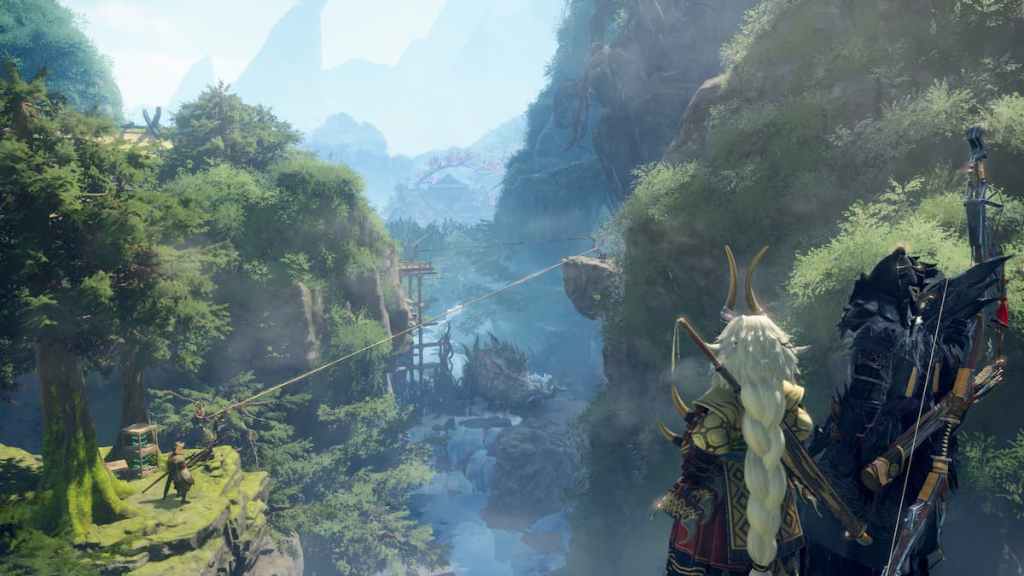
Wild Hearts takes place in a fantasy land called Azuma, a world that is inspired heavily by feudal Japan, with a heavy dose of Japanese mythology mixed in. After an introduction to a mysterious character named Mujina, the game seamlessly transitions into a robust character creator. It features a create-a-character suite that lets you choose your pronouns, a large variety of hairstyles and body types, and over 15 voices. It’s a deep, flexible, and more importantly, inclusive start to your time in Azuma. Unlike the Monster Hunter series, the armor designs are the same regardless of the character you make. The unisex armor sets help it completely sidestep the sexualization of female armor design that has been a consistent issue with the Monster Hunter series.
After creating your hunter, you’re introduced to a pair of allies who will be by your side for the duration of your time in Azuma: Natsume, a very upbeat and excitable blacksmith, and Ujishige, a weary samurai who contrasts her nicely with his classic town drunk and the “I’m too old for this” trope. The narrative-heavy focus surprised me, as it devotes significant time to establish its characters and setting with lengthy dialogue and cutscenes.
As the story progressed, I was genuinely interested in each character’s role in the narrative. It isn’t perfect, as your character is mostly silent. If Wild Hearts had taken the extra steps to give your hunter an active voice and presence, this could have taken a good story and made it something much more. Despite the awkward silence of your hunter, the story of nature fighting back against the destruction of a prolonged Samurai war is well told.
Building a strong foundation
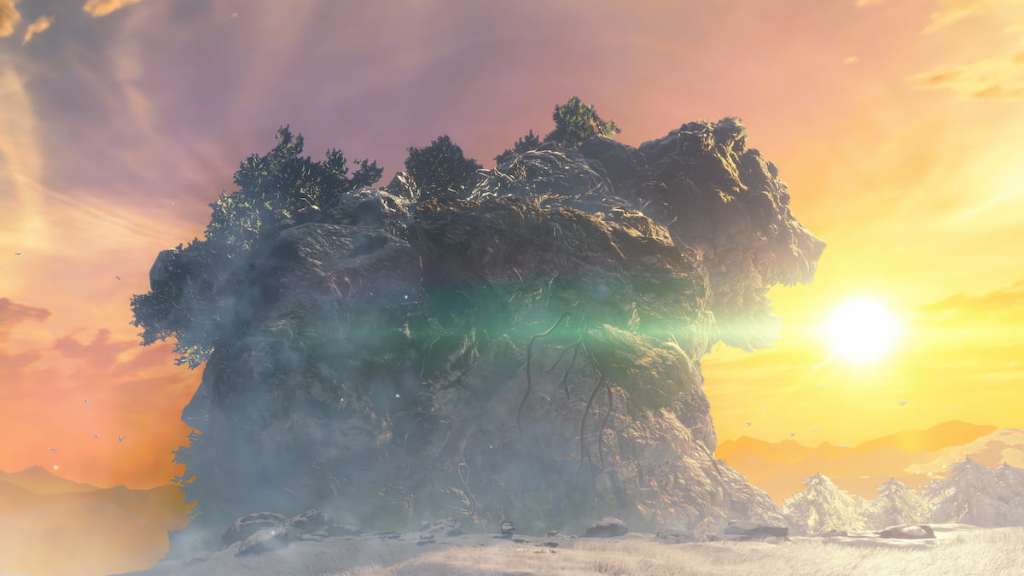
It isn’t just the deep focus on the story that pushes Wild Hearts into its own lane; the monsters you hunt and the Karakuri mechanic elevate it and give the game its own identity. The Kemono are the monsters you have to hunt to restore balance. These creatures’ designs harken back to the world gone wild marketing slogan, as each monster is directly tied to nature. Each beast represents a different aspect of nature and what happens when it fights back to claim the land for its own. Outside of the story connections, this aspect of each creature comes through in their attacks, visual design, and even what you get for successfully hunting them.
The core structure of Wild Hearts deviates from the typical cooperative monster-hunting experience. The story is told through four long chapters, with the focus on story first and foremost. Instead of a board with targets to chase down, each chapter will only focus on two or three big fights. How you prepare for these creatures, and how much hunting you want to do is entirely up to you. You’re free to head right to the next story fight, but it might prove difficult if you haven’t been farming the proper armor or weapon. If you want to hunt every creature imaginable, the town is full of sidequests that will give you tangible reasons to hunt to your heart’s content.
Hunting down Kemono relies on two key aspects of combat: your hunter weapons and the Karakuri constructs. Wild Hearts features eight distinct weapons with a gamut of playstyles, each with deep layers of systems and mechanics. One of the key standouts is the Bo Staff, which relies on a transformation mechanic that gives more combo opportunities. With the tap of a button, the staff can transform into bladed tonfas, giant shuriken, and a massive two-handed club. If you time it right, one combo can seamlessly transition between all these forms, creating gratifying combat sequences when you pull them off. Each of the eight weapons features complex mechanics that reward you for sticking with it and learning its nuances.
To help you face off against these threats is a game-changing mechanic known as the Karakuri. The Karakuri is a special gauntlet you gain during the prologue, and this nifty tool allows your hunter to build an extensive set of structures and traps to aid you in combat and create your own custom version of Azuma. When I first saw the Karakuri system, my first impression of it was that it was a mere gimmick taking the place of traditional traps in this genre. But I was woefully off base, as Karakuri are embedded into the core of Wild Hearts, not just the hunts themselves.
Azuma’s world is untamed, which carries into the level design itself. Wild Hearts doesn’t contain pre-built camps, forges, or respawn points. You are expected to build all these structures, giving the player unprecedented freedom and creativity to tailor each environment to their liking. It also trusts the player, as the facilities are tied to core game mechanics, including online play. The Karakuri you build are persistent and will cause your world to look and feel completely different at the end of the story than how it began.
Breaking under the strain
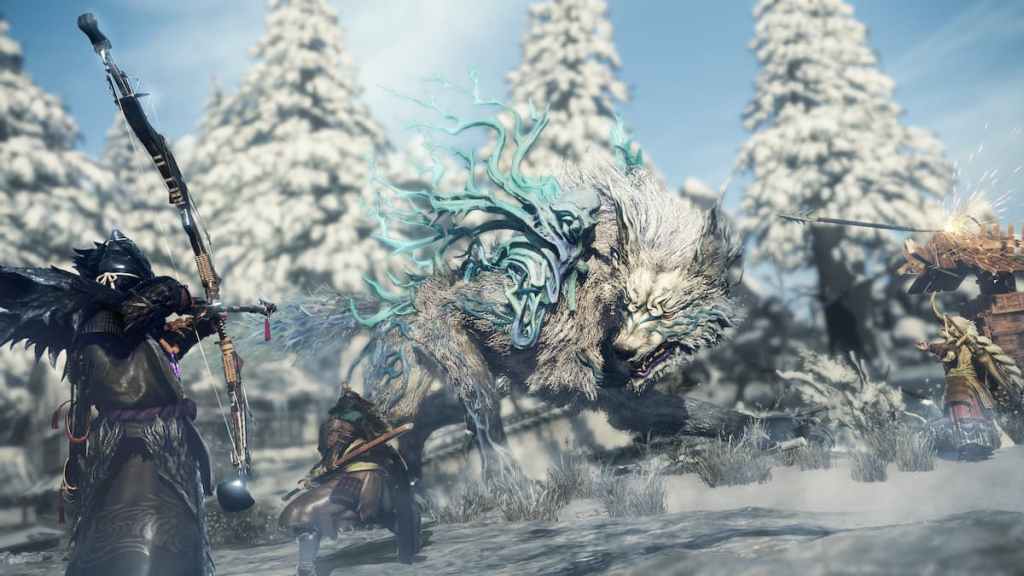
The Karakuri is used for more than just building your makeshift village and zipline networks; it’s also used extensively in combat. Players will start with the ability to construct simple blocks and springboards, evolving into complex traps such as fireworks launchers, fortified walls, and mechanical gliders. Learning to use the Karakuri is necessary if you want success against late-game Kemono.
The Karakuri are core to the experience, and the freedom they provide in combat and the world itself is even more apparent when you play online. Up to three players can play the entirety of Wild Hearts together. When you play online, you will be in the host’s version of Azuma, so anything built there will remain in that world. Each player will progress equally if all players are at the same point in the story. If you’re in a group of players at different points in the story, it’s best to join whoever is furthest behind, which enables you to help them catch up and progress together. You will welcome the help, as Wild Hearts does a poor job of explaining many of its nuances, so a friend or two might be able to explain the mechanics better than the game does.
Speaking to the technical front, it’s the one area where Wild Hearts shows some kinks in the armor. Wild Hearts is a PC and current-generation-only title, which is apparent just by looking at it. However, it strains under the ambition and visual fidelity it’s trying to push. On consoles, it provides a performance or resolution choice, but both suffer from inconsistent framerates. The experience was even worse on my PC, as no graphic settings improved performance, and I noticed significant latency issues if I played alongside console players. A patch is in the works that address a major CPU bottleneck, but at the time of this review, the game’s PC version is suffering from significant hitching, lag spikes, and odd bugs that aren’t present in the superior console versions.
The verdict
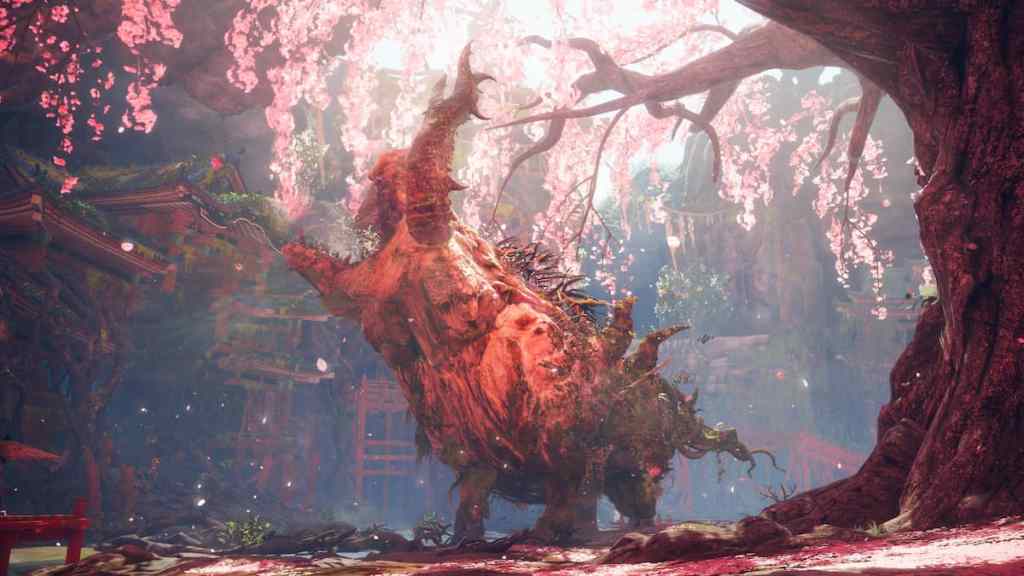
Wild Hearts exemplifies its slogan and provides the first meaningful alternative to Monster Hunter. It has an end game with Kemono variants, story beats, high-powered armor, and new weapon upgrades. Koei Tecmo has a roadmap coming shortly after launch, with plans to add new creatures and mechanics aimed at end-game players, all at no additional cost. The addition of crossplay is welcome, but it stings not to have full cross-progression.
Despite the PC version’s technical issues, I loved my time in Azuma and have no intentions of slowing down anytime soon. I don’t know if Wild Hearts can succeed in giving players a reason to make Azuma their home, but it makes a fantastic vacation spot for players looking for a different take on monster hunting.
Final Score:
8.5 / 10
| + | Each weapon feels unique and packs depth |
| + | The Karakuri building mechanic is brilliant |
| + | Great graphics, creature design, and narrative focus |
| – | PC version is a technical mess — plus, crossplay lag |
| – | Lack of tutorials for advanced gameplay concepts |
Gamepur team received a PC code for the purpose of this review.

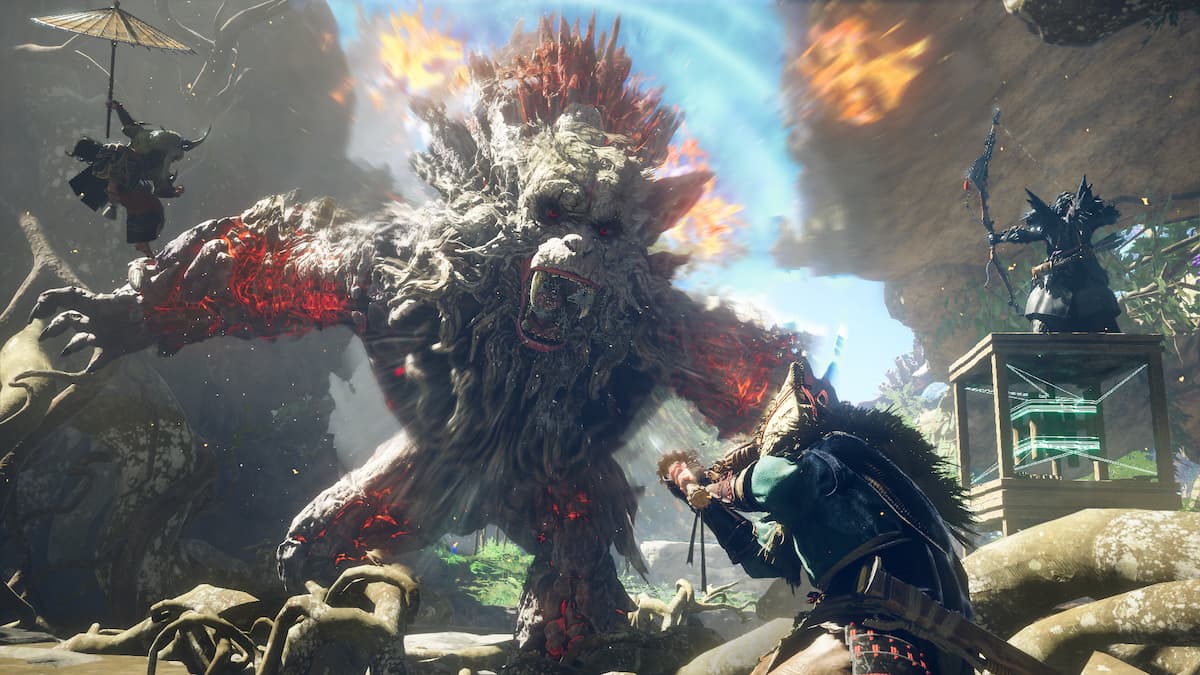

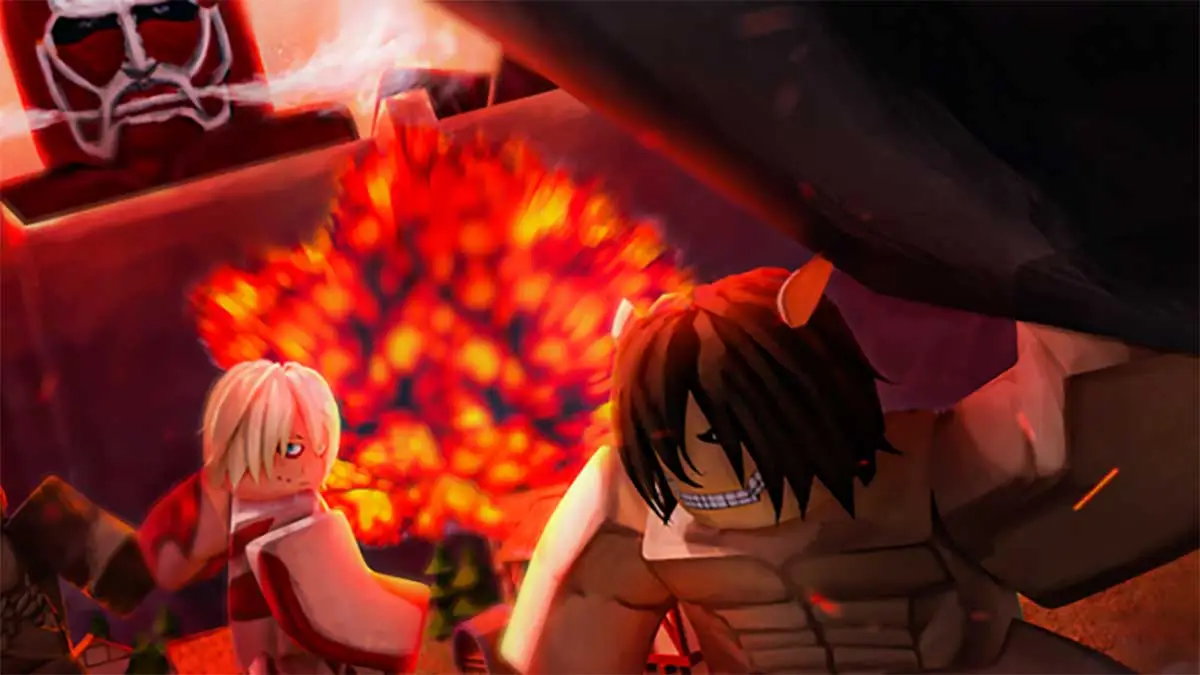
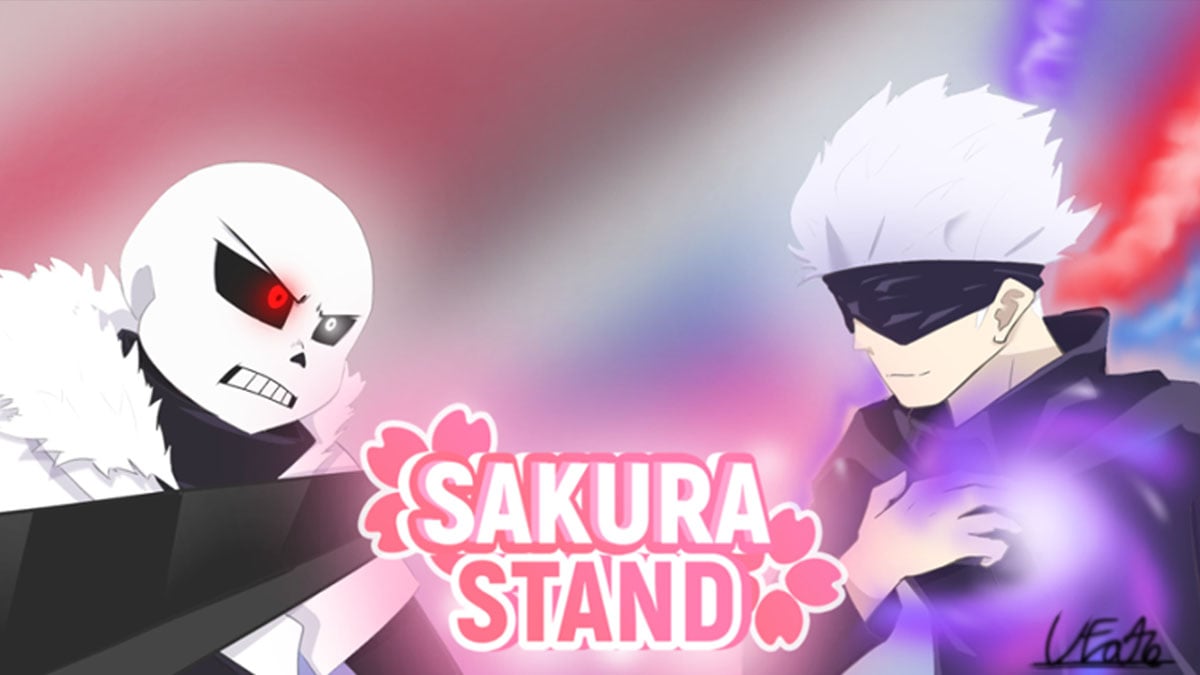
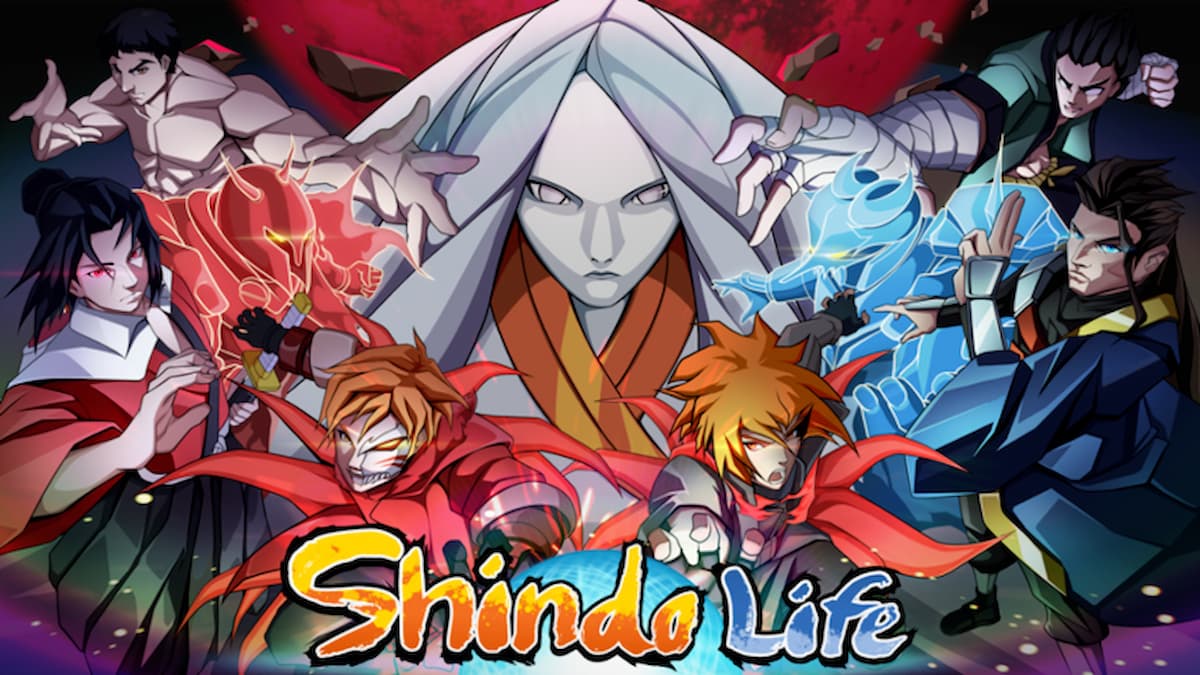
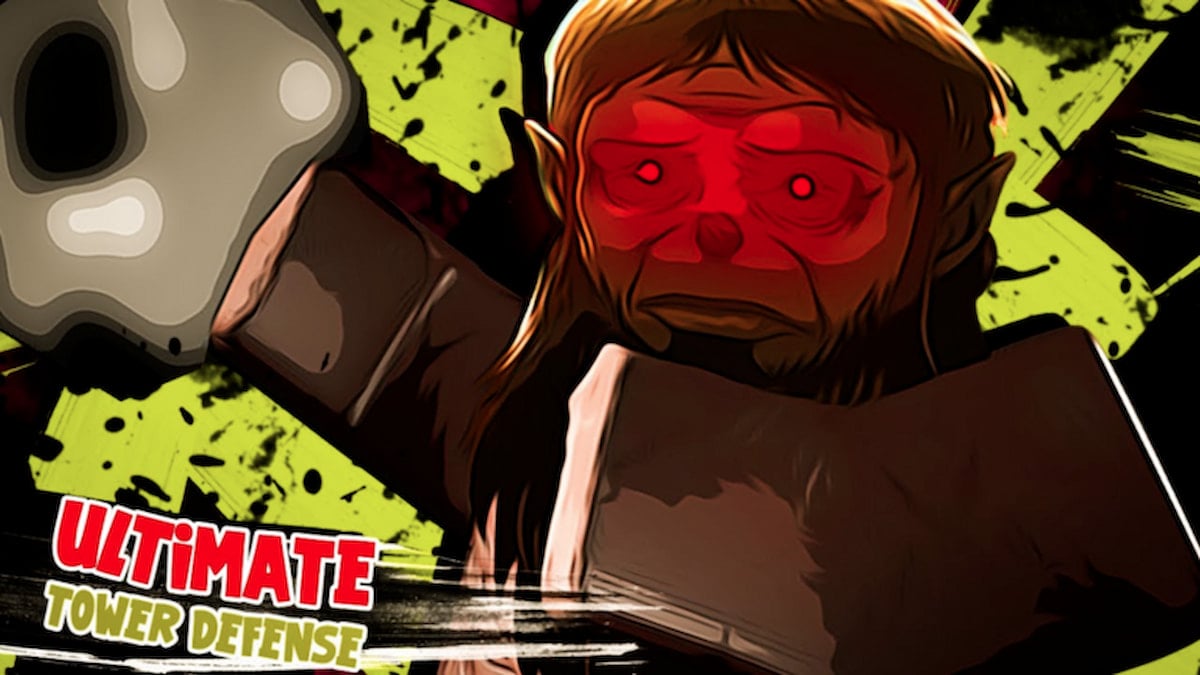
Published: Feb 16, 2023 09:00 am